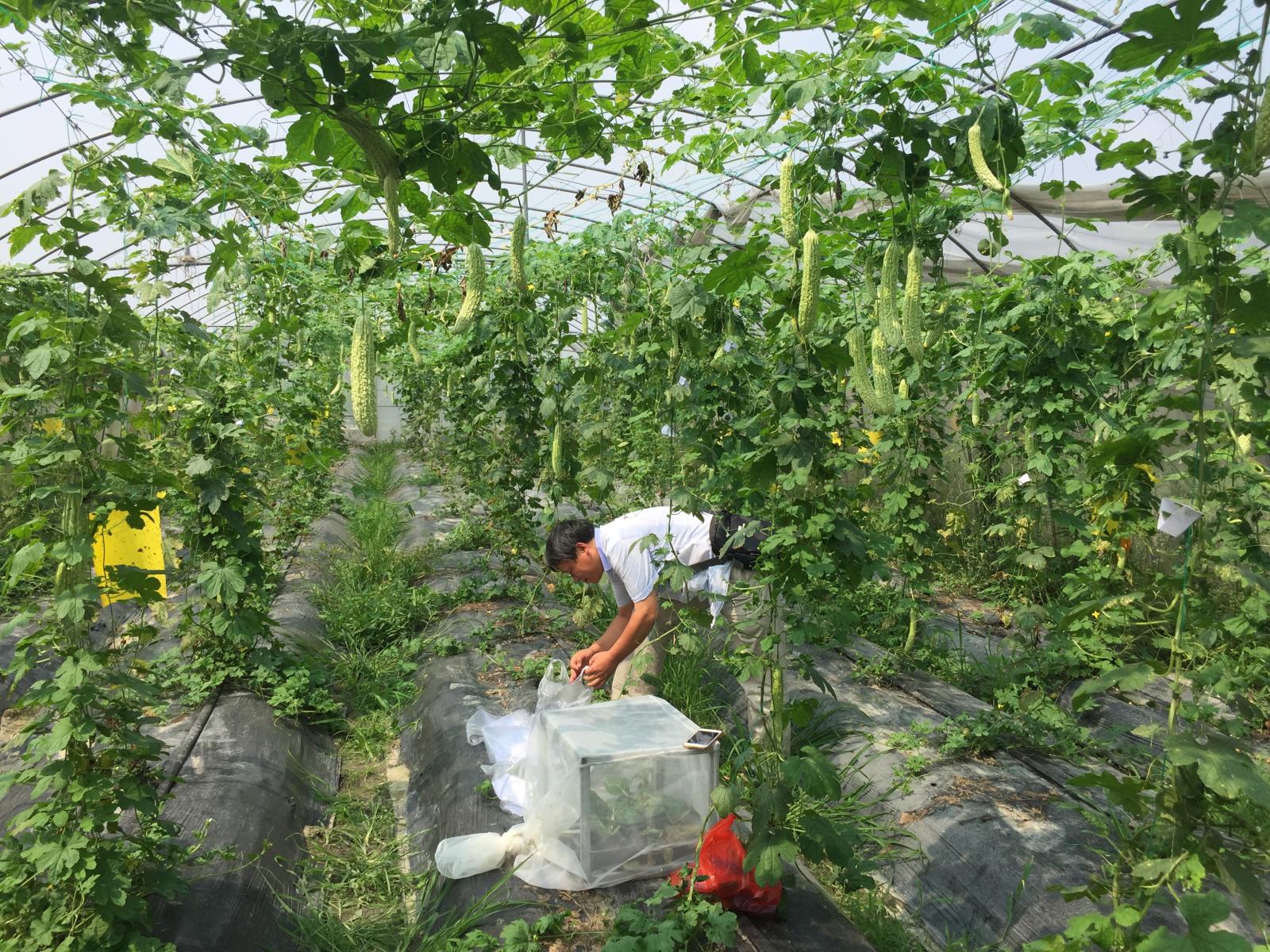An Overview Of Our Solution
- Population Impacted:
- Continent: Asia
Organization type
Population impacted
Size of agricultural area
Production quantity
People employed
Describe your solution
Describe your implementation
External connections
What is the environmental or ecological challenge you are targeting with your solution?
Describe the context in which you are operating
The Sunyuki organic standard program can be applied in organic production like vegetable, field crop production across China. Nowadays, this standard has been extended to 17 farms of 2 provinces (Shandong and Sichuan) in China, and production area has reached to 190 ha. There are more than 100 customers and producers visit and study this program every week, and the Sunyuki organizes various trainings to enlarge the effect of this program. Through the application of this program, the ecological cycle and sustainable development are re-created, and the organic matter and micro-organism increased gradually (the organic matter reaches to 40 g/kg after 2 years’ application). Specially, the dependence of external inputs like fertilizer, organic pesticide is reducing year by year. After 2 years’ conversion production, the pesticide and heavy metal residues reach to nearly zero level for all the products and thus guarantee the food security.
Refers to the economic benefit, the production cost by Sunyuki standard is 30% higher and the yield is 30% less than conventional production, however, the sale price is more than 3-5 times than conventional products. In other words, peoper will obtain a higher efficiency according to Sunyuki standard.
How did you impact natural resource use and greenhouse gas emissions?
Language(s)
Social/Community
Water
Food Security/Nutrition
Economic/Sustainable Development
Climate
Sustainability
The Sunyuki standard could improve the products quality and keep the biodiversity, and accordingly the price is 3-5 times more than conventional products. However, due to the higher invest and R&D cost, we need external capital to continue development.
Return on investment
Entrant Banner Image

